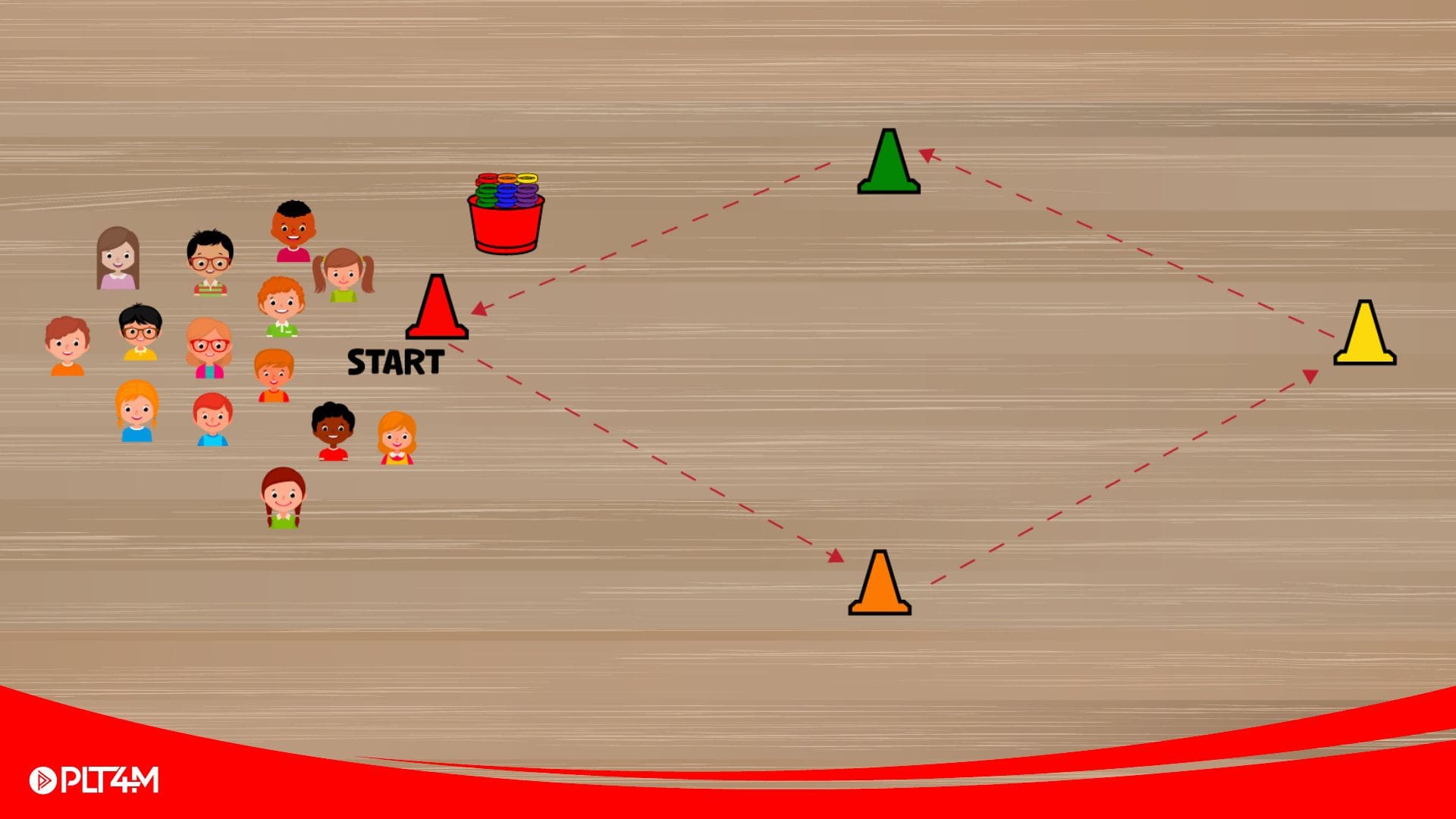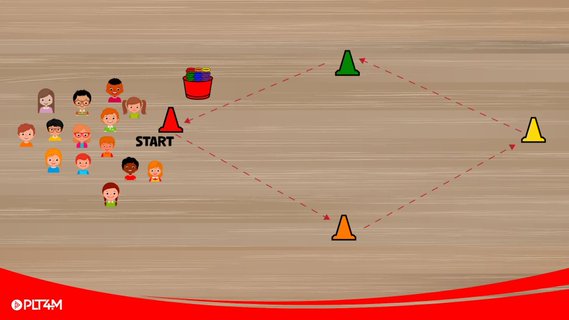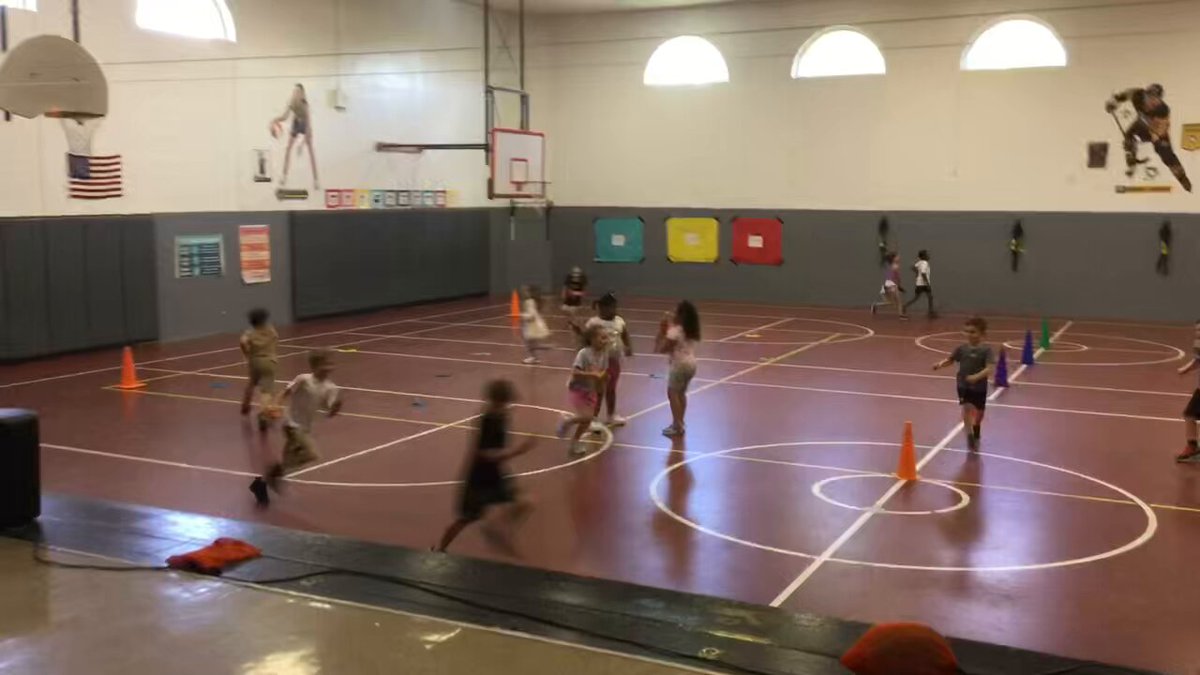[vc_row][vc_column][vc_column_text]
To Grade or Not To Grade…Is That The Question?
“Educated individuals like Thomas Jefferson, Rene Descartes, William Shakespeare, Galileo, and Plato were never given grades.”
This quote came from an article written by THNK on why “grades are bad.” (If you are interested, go check out the full article.) While the likes of these great minds referenced in the article may not have been given grades, they also were not in crowded classrooms of 30 to 40 students. They certainly were not in schools of hundreds, if not thousands of students. No grades were needed back then. For the foreseeable future of education, the question may never be whether or not students should be assigned grades. And by no means does this short blog post even attempt to unpack that. In schools today, grades are viewed as an efficient way of delivering feedback to students. It gives us a way to communicate both strengths and weaknesses for students to reflect on. So how can we take THNK’s critiques of modern grading and help shape feedback to students? How can we better inform students about their progress and areas in which they can improve? [/vc_column_text][/vc_column][/vc_row][vc_row][vc_column][vc_column_text]Putting It In Perspective:
We decided to take one teacher’s grading rubric and break it down in the context of THNK’s main arguments. Rusty Fuller, High School Strength and Conditioning Coach and Physical Education Teacher, was kind enough to share his grading rubric and thoughts with us. For context, Fuller has up to 30 students per class ranging from freshmen to seniors, including athletes and non-athletes. Students are given personalized workouts based on their experience in the weight room. Each student is expected to get through the assigned movements and log their workouts using the PLT4M app. At the end of class, each student receives a grade out of 10 points. The daily grade evaluates students on a variety of metrics in hopes of informing them for future classes. [/vc_column_text][/vc_column][/vc_row][vc_row][vc_column][vc_single_image image=”6598″ img_size=”full” add_caption=”yes” alignment=”center”][/vc_column][/vc_row][vc_row][vc_column][vc_column_text]“I think it is very important for students to receive positive feedback from me on my 5 pillars. Seeing progress made for each student and passing expectations is far more important to me than anything else.
Students need to be taught these 5 valuable life lessons as it stretches far past the classroom. When students enter the real world, they need to be taught on how to develop a positive work ethic, how to hold themselves accountable for their actions, how to be disciplined, how to be prepared, and how to be prompt.
All future employers will look for these traits in our students and it is my job to instill these traits in them.”
– Rusty Fuller
[/vc_column_text][/vc_column][/vc_row][vc_row][vc_column][vc_column_text]Breaking It Down: Fuller and THNK
So let us break down the three major critiques from THNK’s article within the perspective of Coach Fuller’s class and grading rubric. In a quick summary, THNK’s article argued the following:- Grades create risk-averse behavior
- Grades have become the end goal
- Grades are an inadequate form of feedback.








